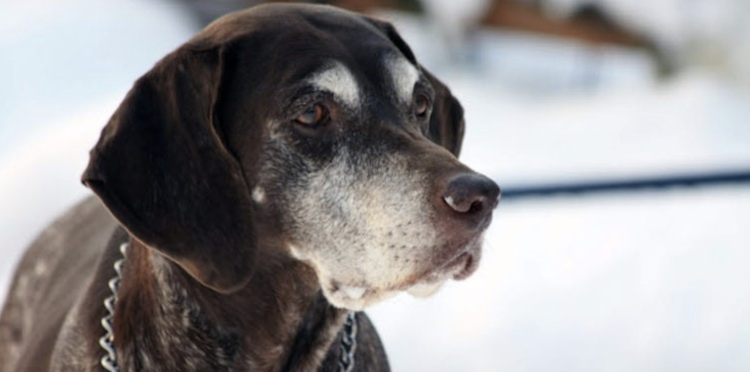How old is my dog in dog years?

How old is my dog in dog years?
How old is my dog if they were a human?
A popular theory here is to multiply your dog’s actual age by 7, to get its human age. However, there is so much variation between dog breeds that this “one size fits all” calculation just doesn’t work for many dogs.
Typically, in your dog’s first year, you can consider them to reach the age of around 15 in human years, and by the end of their second year, as a fully grown adult, they are broadly equivalent to a 24-year-old human. After that, you could add on approximately five years per year – but as mentioned above, there is enormous variation here. Large breeds tend to have shorter lifespans than smaller dogs, so while a Labrador may be showing significant signs of ageing by the time they are seven or eight, a Shih Tzu may have many more years before you notice much of a change.
Signs of ageing in dogs
While it’s fun to work out how old your dog would be if they were human, the best thing you can do to maintain your dog’s health is to keep an eye on the visible signs of ageing.
- Just like humans, lots of dogs will start to get grey or white hairs appearing
- Eyes may start to appear cloudy, and your dog may develop cataracts
- Teeth will become more yellow with visible plaque and become more damaged as your dog gets older
- Behavioural changes – as your dog slows down with age, you may find they are less excitable and inquisitive than when they were younger and more cautious
- As they become a little less active, older dogs’ weight and body condition need to be monitored. If your dog is starting to struggle with stairs or not as excited about going for a walk as they used to be, this is a real sign they are growing older.
As your dog grows older, you may want to move them on to a senior food, and continue with regular vet check-ups to keep them as fit and healthy as you can.


